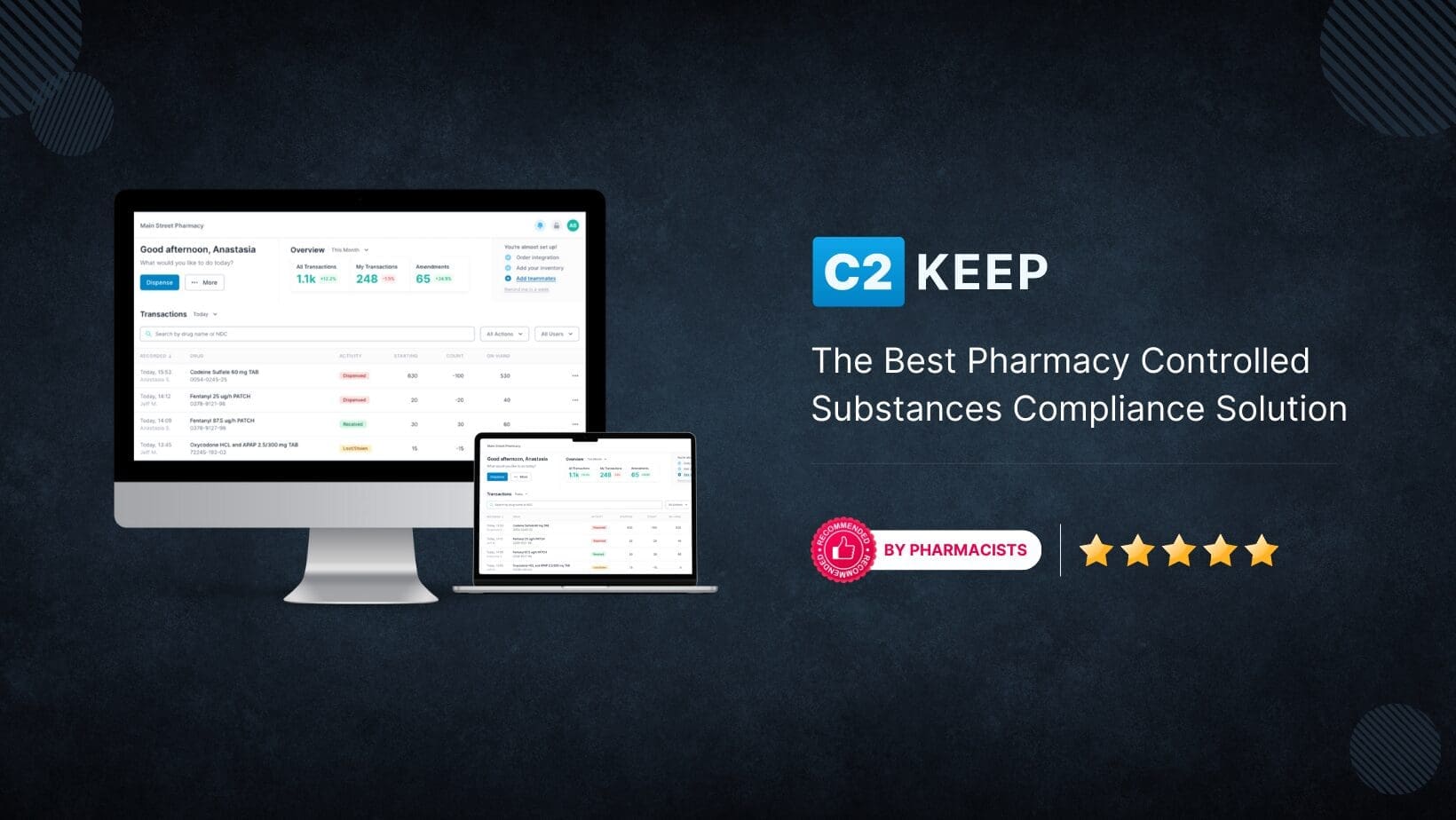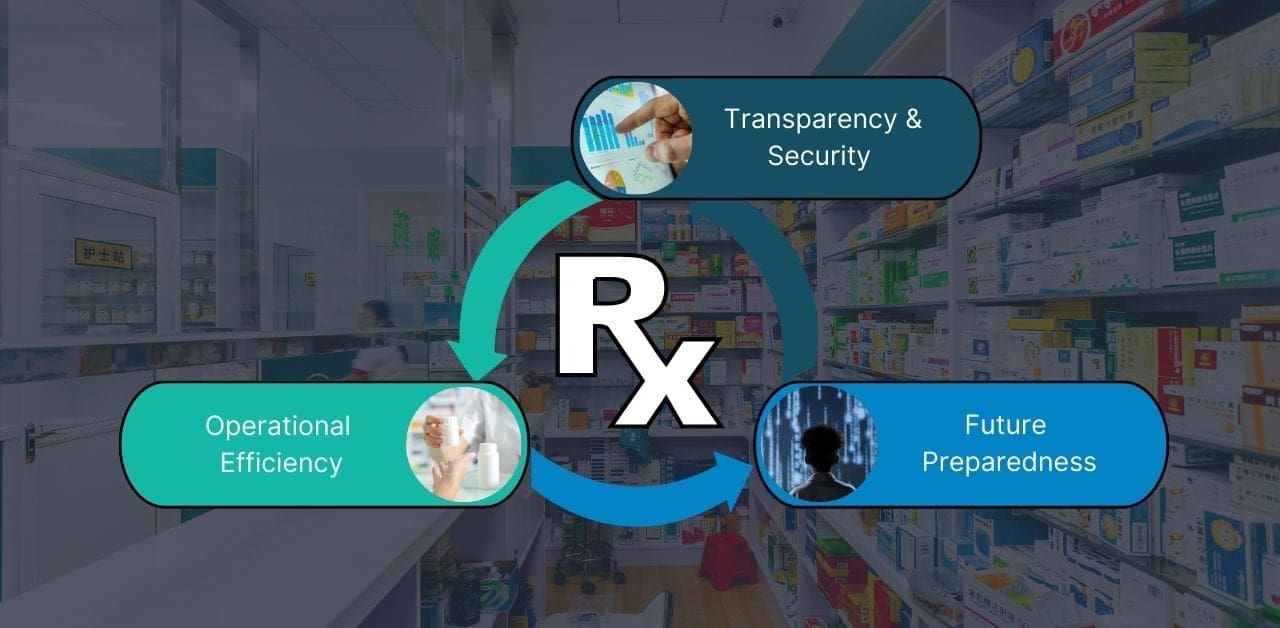Navigating complex systems and ever-evolving regulations can feel like solving a puzzle without all the pieces. With massive amounts of data generated daily, it’s easy for things to spiral out of control without a clear, effective strategy in place when it comes to pharmacy integration. For many providers, managing that data isn’t just a challenge, it’s also expensive and time-consuming.
Recognizing the vital role of data management, many pharmacists are turning to system integrations as a key solution. By connecting software applications, platforms, and systems, integration helps streamline operations, improve patient safety, and empower data-driven decision-making. This level of connectivity breaks down data silos, boosts efficiency, and delivers meaningful benefits for both providers and patients.
The Challenges of Effective Pharmacy Integration
It’s common for pharmacies to rely on a patchwork of systems. While each system may function well on its own, the lack of communication between them often leads to inefficiencies and hidden risks. Despite this many pharmacies continue to operate this way due to the lack of time and financial flexibility.
Pharmacists, juggling multiple responsibilities under constant pressure, have adapted to these disjointed workflows. Manual data entry, redundant processes, and occasional discrepancies have become routine, often accepted as just “part of the job.” But this normalization of fragmentation can obscure real opportunities for improvement and expose pharmacies to avoidable errors or compliance risks.
The Importance of Integrated Workflows
Supercharging Operational Efficiency Through Automation and Accuracy
Pharmacy integration is a powerful driver of operational efficiency. With growing demands from patients, Pharmacy Benefit Managers (PBMs), and other stakeholders, pharmacists are recognizing that disconnected workflows are no longer practical or sustainable.
Integrated workflows connect key areas of the pharmacy, such as inventory and dispensing systems, to platforms like pharmacy management systems and wholesaler applications. This allows data to be entered and shared automatically in real time, reducing errors, saving time, and improving regulatory compliance.
By embracing pharmacy integration, pharmacists and staff can reclaim valuable hours and save thousands of dollars annually. These efficiencies free up resources that can be redirected where they matter most: caring for patients.
Fortifying Against Diversion Through Transparency and Enhanced Security
As regulatory penalties grow more severe and the opioid crisis continues to affect communities nationwide, the need for secure, accountable systems has never been more urgent. Ensuring the proper handling and tracking of controlled substances is not just a compliance issue, it’s a critical responsibility for protecting public health and maintaining trust.
Pharmacy integration plays a vital role in preventing drug diversion by increasing transparency and embedding safety checks into daily workflows. Connected systems provide a clearer, more accurate view of operations, making it easier to spot inconsistencies before they become serious problems.
A powerful example comes from a story in which a C2 Keep customer noticed a discrepancy between the data in C2 Keep and their Pharmacy Management System (PMS). While the PMS inventory counts matched what was on the shelf, C2 Keep, integrated with their wholesaler, automatically pulled purchase order data that told a different story. Upon further investigation, the PIC discovered that a pharmacy technician had been altering purchase quantities in the PMS. However, because the technician didn’t have access to C2 Keep, the true inventory counts were preserved. This mismatch raised a red flag and ultimately uncovered the diversion.
This is just one example of how integrated workflows can help pharmacies detect and resolve issues early. Without the integration between C2 Keep and the wholesaler, the altered data in the PMS may have gone unnoticed, allowing the diversion to continue unchecked.
Future-Proofing Your Pharmacy: Preparedness and Adaptability
The recent closures of major chains like Walgreens, CVS, and Rite Aid serve as a stark reminder that even the biggest players are not immune to disruption. While many external factors remain outside a pharmacist’s control, investing in integrated workflows significantly improves a pharmacy’s ability to adapt, stay compliant, and succeed both short- and long-term.
In the short term, pharmacy integration acts as a safeguard against the stress of unexpected DEA audits. Pharmacies can face serious consequences if they can’t quickly provide the required documentation. This task becomes especially difficult when critical data is scattered across systems or stored in outdated formats. To make matters worse, the audit process can feel intimidating, particularly for less experienced pharmacists, given how direct and demanding DEA officers can be.
With properly integrated workflows, this stress becomes much more manageable. Integration centralizes and organizes data, making it easier to retrieve, review, and present during audits or for day-to-day oversight. Having streamlined access to accurate information can make all the difference.
From a long-term perspective, integration is just as essential. As of this writing, pharmacy deserts are expanding, especially in rural parts of the United States. While the number of pharmacies is decreasing, the demand for pharmacy services remains strong.
By adopting integration, pharmacies can increase efficiency and scale services without investing in more locations or staff. Integration not only helps pharmacies survive current challenges but also positions them to thrive in the face of future opportunities.
Embrace the Power of Integrated Compliance with C2 Keep

C2 Keep is a cloud-based controlled substance compliance solution built with pharmacy integration in mind. It effortlessly integrates with existing pharmacy management systems and wholesalers, automating controlled substance tracking, simplifying investigations, reducing regulatory risk, and boosting productivity and morale. The result: smooth, efficient workflows tailored to the unique needs of every pharmacy.
Pharmacy integration is no longer optional, it’s essential. While adopting new systems may require some initial effort and training, the long-term benefits far outweigh the short-term challenges. Don’t wait until missing pills or a looming audit becomes a crisis. Take action today and discover how C2 Keep’s integration capabilities can transform your operations so you can focus on what matters most: providing exceptional care to your community.
Schedule your free C2 Keep demo today and experience the peace of mind that comes with streamlined, integrated controlled substance inventory management.

